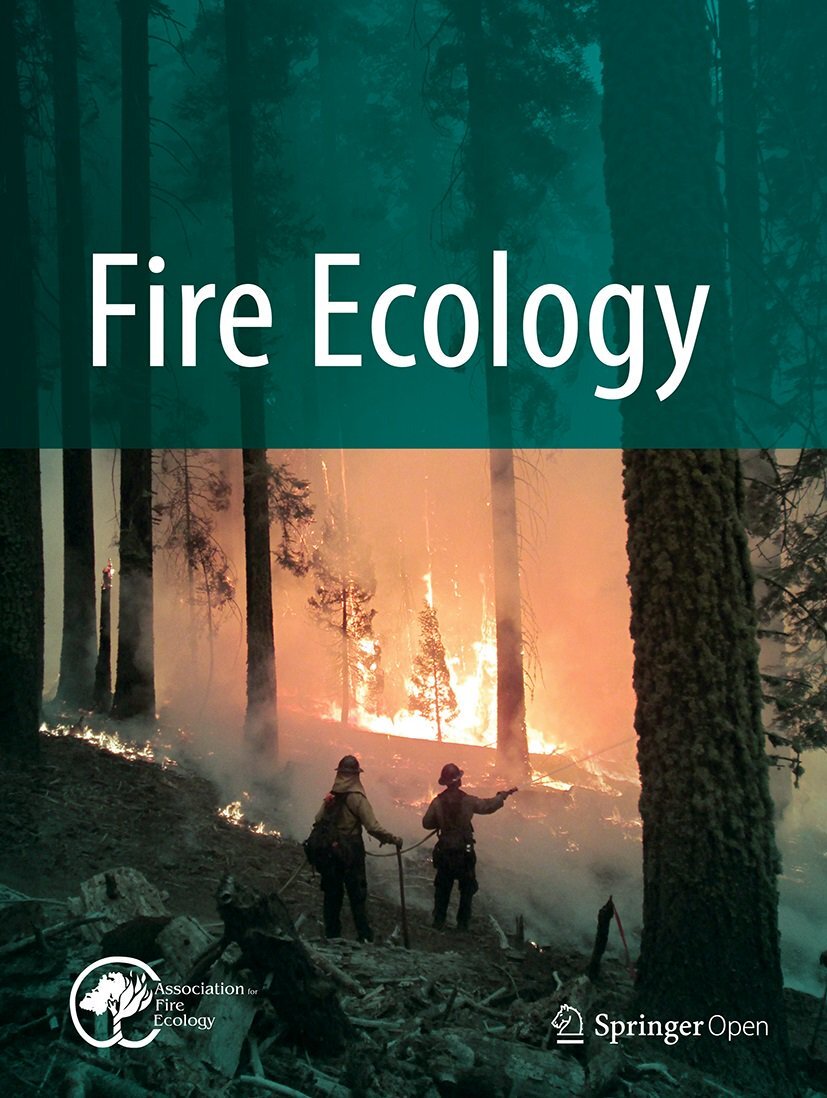TEACHING TOOL! A Classroom Guide to Appreciating Cultural Burning & Good Fire
Weaver Carly Tex holding a traditional cradle board.
Disclaimer: Cultural Burning is a deeply sacred practice carried out by Indigenous communities on their homelands worldwide. While cultural burning is a form of ceremony reserved for Indigenous peoples, non-Indigenous individuals can learn from this practice as it highlights our shared responsibility as stewards of the land. Increasingly, non-Native fire tenders are applying the principles of Good Fire to restore balance to the landscape.
Eméenehi (Greetings) Redbud Supporters!
In the wake of the LA fires and the disheartening news of environmental justice funding under threat, we’d like to offer a moment of reprieve and reflection. Amidst these challenges, we are happy to share this teaching resource that reconnects us with hope and resilience.
Now more than ever, it’s time for us to explore and understand the profound role Fire plays in our lives. As traditional stewards of the land we all now call home, we understand that the Land doesn’t just endure Fire—it craves it.
Since time immemorial, Native peoples have maintained a reciprocal relationship with Fire and the Earth, using it to return vital nutrients like potassium and phosphorus to the soil, allowing the land to nourish us in return.
Through the practice of cultural burning, Indigenous communities create the ideal conditions for fire-adapted plants like willow and sedge to thrive - resources that are deeply valuable to California Native basket weaving traditions. To help you start a meaningful conversation with your students, follow the steps below!



